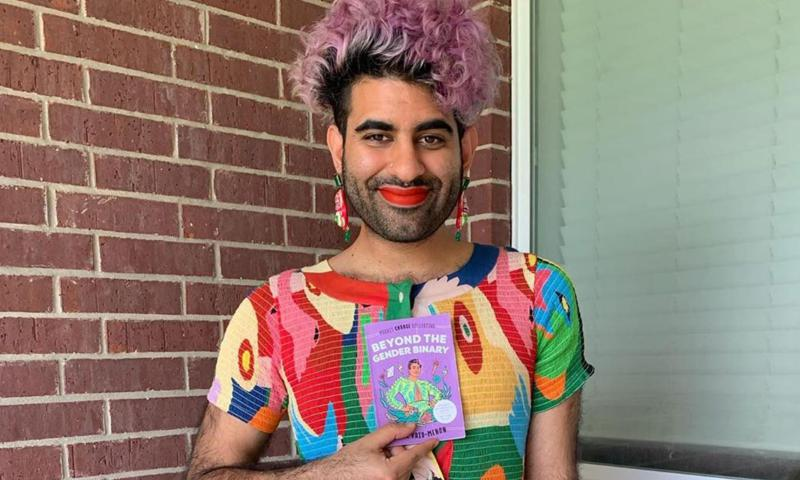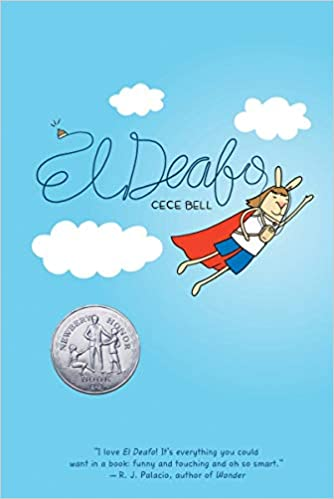Summer 2020 Book Recommendations from Our Graduate Students – part II
Preeti Ramaraj (4th year PhD student) – Diversity across different axes
Despite being a bibliophile all my life, I realized fairly recently that I had read books by less than 10 women authors and almost none by any authors of color growing up. I began following Roxane Gay on Goodreads and decided to do the BookRiot’s “Read Harder” challenge, both of which introduced me to books I would never have heard of or picked up on my own. That led me down a whole new path of experiences, a diversity of accounts, that enriched my reading experience more than I could have imagined. Here are three books from my new found list of authors.
Homegoing by Yaa Gyasi begins with two sisters who were born in Africa centuries ago and separated at birth. One sister marries a white man and settles in Africa, whereas the other is forced to come to America through slavery. This book traces the stories of multiple generations of both these sisters, who never end up meeting each other. Each chapter alternates between the snippets of a person’s life in each generation of each family. You don’t just end up reading their individual stories, but you also get a reflection of the time and society in which they lived. You end up encountering a lot of painful moments in black history, but that is not just it – the fact that you see so many generations being spoken about means that you also see their normalcies. No matter what you do, read this book. It is poetic, it is grand and it is an experience that will impact you.
Alok Vaid-Menon is a gender non-conforming activist and a performance artist. I came across them when a friend of mine sent me a photo they had posted. My first reaction was one of just surprise, not knowing how to process their atypical presentation. But the more photos I saw, the more I normalized it. But it made me realize that for all my ideas of acceptance, my understanding of gender had not even begun. Beyond the Gender Binary is a tiny book (64 pages) that describes the pitfalls of the gender binary, its historical origins and how it is high time we go beyond it. There were two arguments in this book that really hit me hard. One, the gender binary asks to put 7.5 billion people into one of two categories. Second, the gender binary exaggerates the difference between the two genders and minimizes the differences within them (and there are many). Alok Vaid-Menon describes how the gender binary is harmful for everyone — it forces you to conform to established behaviors starting very early, or be told and shown in myriad ways that you do not belong.
In the end, all this book asks for is space for everyone to live and let live, to not kill the creativity and differences that we naturally bring to the table as people. However, we are nowhere close to that simple-sounding goal. The book reminds you that people outside the gender binary (non-binary, trans, gender non-conforming people) have always been around, and yet the gender binary erases them, does not allow them to exist, let alone thrive in this world. I would highly recommend listening to this interview with them to supplement what you read in this book.
El Deafo by Cece Bell
This is one of the most adorable books I’ve read in awhile. The author writes this comic book story based on her own childhood where she grew up deaf. Yes, this book helps dispel the stereotypes or rather, shows the stereotypes that people who are deaf are subject to. But honestly, it’s mostly a hilarious story of the author as a child with her huge imagination who has a good time with her friends. It’s a book that I would buy for a kid, but it’s also a book that I would recommend to adults. This is because people often forget that people with disabilities do have what one might consider “a normal life.” And as much as it is important to understand the challenges that people go through because of their circumstances, that is not all that defines them. I absolutely loved this book, it is super short and fun, and this child’s school antics will truly make your day.
Charlie Welch (4th year PhD student)
There are two books by Peter Wohlleben that I’ve recently enjoyed; The Hidden Life of Trees and The Inner Life of Animals. Both offered new perspectives on the experiences of the living things we share our planet with and fascinating facts like, for instance, how trees can recognize what insects are eating their leaves by the chemical makeup of their saliva and the trees will release pheromones of an insect that preys on their attacker in order to protect themselves. Some criticisms I’ve heard of these books are over anthropomorphizing and a lack of scientific clarity on coverage of some of the referenced studies. The foreword of The Inner Life of Animals actually described Wohlleben’s references to published articles in a way that made me think I wouldn’t enjoy the book. However, I found the studies and anecdotes presented in both books captivating. I think that it feels strange to anthropomorphize the plants and animals at times, but I think this is a necessary device by which Wohlleben offers perspective. It makes the reader think about how we feel, think, and interact with the world in similar ways and ask ourselves where the boundaries of those similarities are. Each plant and animal has a different way of perceiving the world which may be very different from our own.
How we see the differences is partly based on our perception. I didn’t know before reading The Hidden Life of Trees that trees have such a complex network of roots and fungi that allows them to communicate about where resources are, if predators are coming, and if other trees need help they will send each other resources through their root systems. Another factor contributing to how we see the differences stems from the optimization that comes from capitalist motivations. Among the many daily injustices done to animals throughout the world, Wohlleben points out for example, that many people don’t know how smart pigs are and how they seem to feel many of the feelings we do. If they did know then corporations would not be able to keep them in poor conditions and castrate them without anesthetic, which is expensive to give them. Amongst the animals I underestimated were ravens, who form lifelong relationships with friends and family and each raven has a distinct name that they will remember for years even if they don’t see each other. It’s facts like these that make the reader wonder what else we don’t yet understand. There is still much to learn about the plants and animals around us.
 MENU
MENU 





